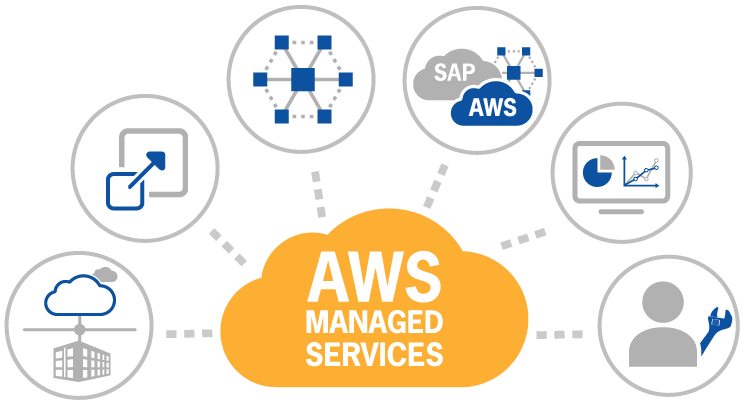In the era of digital transformation, businesses are increasingly turning to cloud services to fuel innovation, enhance scalability, and optimize operations. At the forefront of this cloud revolution is Amazon Web Services (AWS), a comprehensive and robust suite of services that revolutionizes the way organizations deploy, manage, and scale applications. This article aims to provide a comprehensive guide to AWS Web Services, shedding light on its key offerings, features, and the transformative impact it has on the digital landscape.

I. Overview of AWS Web Services:
Introduction to AWS:
Briefly introduce Amazon Web Services, highlighting its position as a leading cloud services provider with a global presence.
Core Components:
Explore the core components of AWS Web Services, including computing power, storage, databases, machine learning, analytics, and networking.
II. Key Offerings of AWS Web Services:
Amazon EC2 (Elastic Compute Cloud):
Delve into the world of EC2, AWS’s scalable virtual servers, discussing how they provide on-demand computing resources for various applications.
Amazon S3 (Simple Storage Service):
Explore the highly durable and scalable storage solution offered by S3, emphasizing its role in securely storing and retrieving any amount of data.
AWS Lambda:
Uncover the serverless computing capabilities of AWS Lambda, allowing developers to run code without provisioning or managing servers.
Amazon RDS (Relational Database Service):
Discuss how RDS simplifies database management, automating routine tasks and providing a reliable, scalable, and cost-effective database solution.
Amazon SageMaker:
Highlight the machine learning capabilities of SageMaker, showcasing how it enables organizations to build, train, and deploy machine learning models at scale.
III. Core Features of AWS Web Services:
Scalability and Flexibility:
Explore how AWS Web Services allow businesses to scale resources up or down based on demand, ensuring flexibility and cost-effectiveness.
Security and Compliance:
Discuss the robust security features of AWS, including identity and access management, encryption, and compliance certifications.
High Availability:
Explore how AWS Web Services ensure high availability by distributing applications across multiple Availability Zones and providing reliable infrastructure.
Cost Optimization:
Discuss cost-effective pricing models, such as pay-as-you-go and reserved instances, emphasizing how businesses can optimize costs with AWS.
IV. Success Stories and Use Cases:
Enterprise Adoption:
Showcase how major enterprises across diverse industries have successfully adopted and benefited from AWS Web Services.
Startups and Innovation:
Highlight how startups leverage AWS to innovate rapidly, reduce time-to-market, and scale their operations seamlessly.
V. Challenges and Best Practices:
Data Security and Privacy:
Address challenges related to data security and privacy on the cloud, emphasizing best practices to mitigate risks.
Migration Strategies:
Discuss strategies for migrating existing applications to AWS, considering factors like compatibility, downtime, and resource optimization.
VI. Future Trends and Innovations:
Edge Computing:
Explore the emerging trend of edge computing and its potential impact on the evolution of AWS Web Services.
Blockchain Integration:
Discuss the possibilities and challenges of integrating blockchain technology with AWS Web Services.
Conclusion:
As businesses embark on their cloud journey, AWS Web Services stands as a pivotal force, empowering organizations to innovate, scale, and stay competitive in a dynamic digital landscape. With a rich array of services, robust security features, and a commitment to excellence, AWS continues to shape the future of cloud computing, offering a foundation for digital success and transformation.
